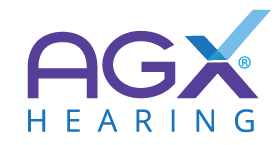Early in your child’s development, they will be exposed to many new and wonderful sounds — the most important being speech. In order for your baby to fully develop speech and language skills, they must be able to hear adequately.
The outline below is provided as rough estimates of normal auditory and speech development. While it is not a comprehensive list, it will help you to determine if your baby is showing signs of speech and hearing problems. If you do not see this type of behavior developing in your child, seek professional help immediately. Your doctor can put you in contact with hearing and speech specialists to better diagnose and rehabilitate the communication deficit. Contrary to popular belief, any child can be tested given the proper amount of time and testing facilities. However, these important procedures cannot take place until the hearing loss is suspected.
3 months:
Baby should startle to environmental sounds such as door slamming, dog barking, etc. Babbling, pleasurable cooing, and other sounds should occur. Many times you will see an increase in this behavior in the presence of parents.
6 months:
Baby should begin to turn the head and lateralize sound. Babbling using different speech sounds should emerge. Speech behavior such as “oo” or “ah” should occur along with certain consonants like “b,” “p,” “d,” and “m” (Ex: “pa”, “da” and “ma”).
9 months:
Baby should turn toward interesting sounds such as voices, music, and animals. Many times, a child will stop their activity when they hear a sound or their name is called. Speech behavior should start to include more speech-like sounds with greater frequency. “t,” “b,” and “n” sounds begin to occur.
12 months:
Child should generally hear soft sounds and whispers. They should be able to localize in every direction, high and low and left to right. Speech-like sounds and jabbering behavior will occur with greater regularity.
18 months:
Child should be able to recognize voices and different environmental sounds, and they should be able to point to and identify various objects. Their vocabulary should include a handful of words.
2 years:
Child should be able to follow simple directions, point to body parts when named, hear you from another room, and speak in sentences containing two and three words.
This information should be used as a rough guideline. If you are concerned about the speech and language development of your child, seek professional help immediately. An audiologist or a speech-language pathologist can be helpful in this type of problem.
The above information was adapted from several sources.
“Hearing in Children” by Jerry L. Northern and Marian Downs; Williams & Wilkens Publishing Co., Baltimore, MD.
“Children’s Speech: A Practical Introduction to Communication Development” by Robert Hooper and Rita C. Naremore; Harper & Roe Publishers, New York, NY.
“Hearing Guidelines-Children’s Medical Services, Infant Hearing Impairment Program, State of Florida Health and Rehabilitative Services”

